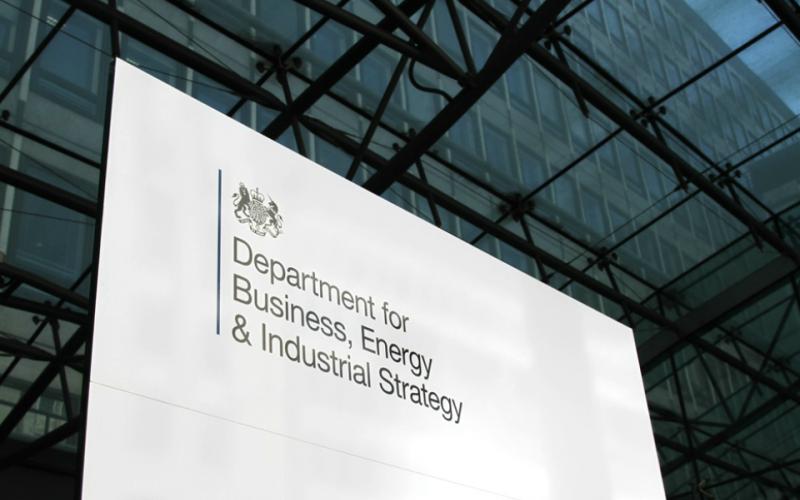
The Department for Business, Energy and Industrial Strategy (BEIS) has committed to publishing a fresh review of the small-scale feed-in tariff regime by the end of the year, Solar Power Portal can reveal.
That review will take into account the balance of deployment caps between and within supported technologies while also considering deployment patterns, balanced against wider government priorities, a government source indicated to SPP.
Such a review could see support for small-scale solar PV – as well as wind, hydro and anaerobic digestion – redistributed and possibly increased to address a projected underspend within the feed-in tariff that has arisen since the introduction of significantly reduced rates early last year.
When the then-Department of Energy and Climate Change (DECC) published its consultation response in December 2015, aside from significantly cutting the solar feed-in tariff rate to 4.39p/kWh for domestic installs, it included a ‘budgetary reconciliation’ clause which allowed the department to revisit both the rates and deployment caps should the need arise.
Since the new regime was enforced – effectively from 16 January 2016 – deployment of small-scale solar has dropped dramatically.
This came to a head in Q1 2017 when residential deployment dropped to a new quarterly low. Just 20.3MW of solar was installed under the <10kW band between 1 January and 31 March 2017, from just 7,900 separate installations.
In total the new regime has witnessed just 110MW of residential solar installed since it was introduced circa 14 months ago.
The downturn in deployment triggered a year of significant change within the UK’s domestic solar industry. A survey conducted by the Solar Trade Association (STA) in collaboration with Big Four consultancy firm PricewaterhouseCoopers last summer found that as many as 12,500 jobs were lost in the aftermath of the FiT cuts as installation businesses found jobs difficult to come by.
Other technologies are witnessing similar downturns in deployment, particularly certain onshore wind bands and the two hydro bands.
Paul Barwell, chief executive of the STA, said the recycling of underspend was “urgently needed”.
“The STA had submitted a position paper over nine months ago proposing to increase the caps for the >50kW rooftop sector… with such low caps, we risk rapid degression in one band and a lack of growth in others.
“We need to see positive action coming from BEIS to support rooftop solar and make best use of the remaining FiT – growth and investor confidence is paramount for this sector which has seen deployment fall by 70%,” he added.

